calsfoundation@cals.org
Sulphur Rock (Independence County)
| Latitude and Longitude: | 35º45’04″N 091º30’02″W |
| Elevation: | 322 feet |
| Area: | 1.25 square miles (2020 Census) |
| Population: | 609 (2020 Census) |
| Incorporation Date: | August 20, 1887 |
Historical Population as per the U.S. Census:
|
1810 |
1820 |
1830 |
1840 |
1850 |
1860 |
1870 |
1880 |
1890 |
1900 |
|
– |
– |
– |
– |
– |
– |
– |
188 |
387 |
213 |
|
1910 |
1920 |
1930 |
1940 |
1950 |
1960 |
1970 |
1980 |
1990 |
2000 |
|
252 |
227 |
177 |
181 |
179 |
225 |
290 |
316 |
356 |
421 |
|
2010 |
2020 |
|
|
|
|
|
|
|
|
|
456 |
609 |
|
|
|
|
|
|
|
|
Sulphur Rock, so named because there are two large sulphur springs in the area, is located approximately six miles east of Batesville (Independence County). In 1903, a writer referred to these springs as “living springs of pure, cold, sparkling water which contains [sic] valuable medical properties.” Although Sulphur Rock’s population has never exceeded 500, it was influential in the county for the decades around the end of the nineteenth century.
Sulphur Rock was settled fairly early as compared to other communities because the area was located on the Old Military Road, which was widely used for travel to the Southwest during the early nineteenth century, continuing on through Little Rock (Pulaski County) and Washington (Hempstead County). The earliest post office in town, the third in Independence County, was established in 1834, with Thomas Todd Tunstall serving as postmaster.
In 1861, John H. Dye’s company, Company E of the Seventh Arkansas Infantry (CSA), was organized at Sulphur Rock. It departed town amidst great fanfare. There was considerable Union military activity near the town in 1862. During May, the First Indiana Light Battery, part of Jefferson C. Davis’s Twenty-second Indiana Volunteers, camped at Sulphur Rock before departing for Helena (Phillips County). The Third Iowa Cavalry, part of General Frederick Steele’s First Division, also camped near town in June 1862. The Eighth Indiana Regiment was apparently also in the area during this time.
During the latter part of the nineteenth century, Sulphur Rock was noted for its educational institutions. In addition to the public schools, a private school called the Sulphur Rock Male and Female Academy was started in 1872 and continued in operation until 1906. In 1898, Dr. John William Decker was appointed head of the academy. He apparently also added a program to prepare students for medical school. He was so successful that, in 1900, he and eight others organized Sulphur Rock College, which advertised a medical school. In 1902, he moved the medical school to Texarkana (Miller County), where it was renamed the Gate City Medical College.
There were a number of newspapers published in town over the years, including the Sulphur Rock Enterprise, founded by T. L. Allison around 1887; the Sulphur Rocket, which was started by A. M. Martin in 1894; the Mirror, which was started by Harry B. Dallam in 1895; and the Messenger,which was started in 1900. Perhaps the most interesting publication, the Sulphur Rock Wheel, was associated with the Agricultural Wheel, a farmers’ organization that had chapters in Sulphur Rock and nearby Batesville. The influential Sulphur Rock chapter of the Wheel even tried to have the county seat moved from Batesville to Sulphur Rock. By 1888, however, the Wheel had moved all of its operations to Batesville.
The town was incorporated in 1887. By 1890, it had a population of 387. The Wheel organization wielded considerable power, and its candidate for the state legislature, William P. Huddleston, was elected in 1885. According to Goodspeed’s Biographical and Historical Memoirs of Northeast Arkansas, by 1888, the town had eight general stores, three drugstores, two groceries, a pottery works, several mechanic shops, a livery stable, two churches, several secret societies, an academy, and a free school. The secret societies were apparently the Independent Order of Odd Fellows Lodge No. 52 and the Sulphur Rock Lodge 180 of the Masonic Lodge, which existed from 1866 until 1942. By 1902, there were steam cotton and grist mills and a lumber mill. Much of the economy was based on the sale and shipment of cotton; more than 2,500 bales were shipped in 1890 alone.
A description of the town written in 1903 indicates that there were also two blacksmith shops, a photographic gallery, two restaurants and confectioneries, and a real estate office. W. S. Moore was in charge of the Moore Hotel, and there was a new Central Hotel (later known as the Sulphur Rock Hotel). Colonel John Wood’s lumber mill was described as “one of the principal mills of its kind in northern Arkansas.” The town was also a center for the shipment of the zinc ore that was mined in the surrounding areas. These goods were shipped via the St. Louis, Iron Mountain and Southern Railroad, which was built in 1883 and passed about a mile from the town. The citizens of Sulphur Rock saw a problem with the distance they had to travel to ride or ship freight on the train and so established the Sulphur Rock Railway Company to connect the downtown to the train depot. This mule-drawn streetcar was in existence from 1889 until 1926 and was the last mule-powered car to operate in the United States.
In 1913, Will Duvall moved to town and bought Judge J. H. Jimmerson’s general store. In 1920, he organized a stock company and eventually operated stores at Sulphur Rock, Rosie (Independence County), Evening Shade (Sharp County), Charlotte (Independence County), and Walnut Grove (Van Buren County). He not only sold goods, but bought cotton, livestock, and produce, and, for a time, owned the cotton gin in town. In the early 1920s, he shipped 3,200 bales of cotton in a single year. He also operated a bank in town during the 1920s and early 1930s.
In the early twentieth century, Sulphur Rock’s population began to decline. In 1910, it was 252, and ten years later, it had dropped to 227. In 1960, the population was similar, standing at 225. At that time, however, the population began to increase, rising from 316 in 1980, to 356 by 1990, to 421 in 2000, and to 456 by 2010. Over ninety percent of the population was white in 2009, and twelve percent of the families were living below the poverty level. According to statistics provided by the U.S. Census Bureau’s American Fact Finder, the average travel time to work for those employed in Sulphur Rock was around eighteen minutes, indicating that many people were probably working in larger nearby towns like Batesville and Newport (Jackson County). Sulphur Rock’s schools became part of Batesville’s school system in 2005.
For additional information:
“Early History of Sulphur Rock Obscure.” Independence County Chronicle 7 (January 1966): 22–29.
Matthews, Linda. “The Sulphur Rock Male and Female Academy.” Independence County Chronicle 7 (October 1965): 21–33.
“Sulphur Rock Described as Health Resort with Bright Future in 1903.” Independence County Chronicle 1 (July 1960): 32–34.
Nancy Snell Griffith
Presbyterian College
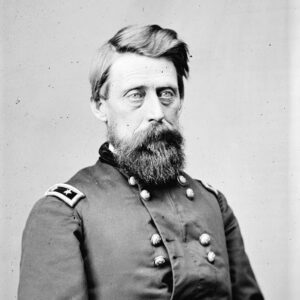 Jefferson C. Davis
Jefferson C. Davis 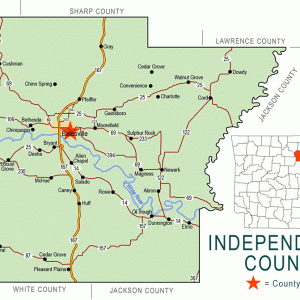 Independence County Map
Independence County Map  Martin Gin
Martin Gin 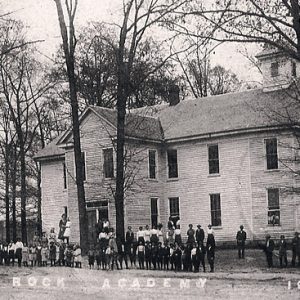 Sulphur Rock Academy
Sulphur Rock Academy 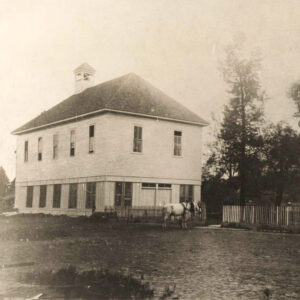 Sulphur Rock City Hall
Sulphur Rock City Hall 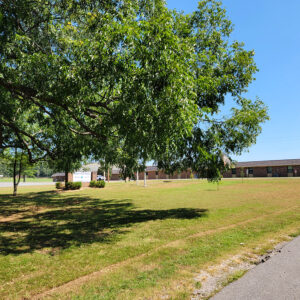 Sulphur Rock Magnet School
Sulphur Rock Magnet School 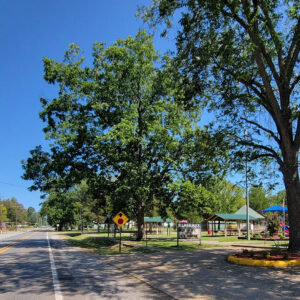 Sulphur Rock Park
Sulphur Rock Park 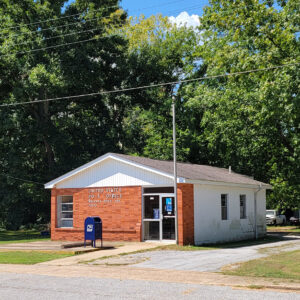 Sulphur Rock Post Office
Sulphur Rock Post Office 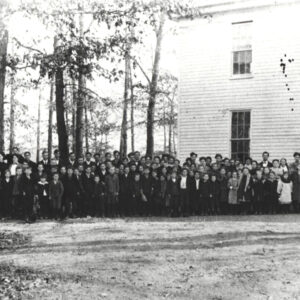 Sulphur Rock School
Sulphur Rock School 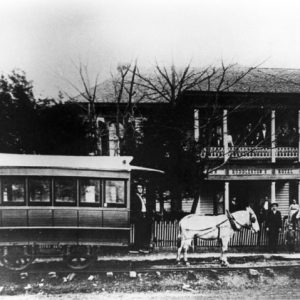 Sulphur Rock Street Car
Sulphur Rock Street Car 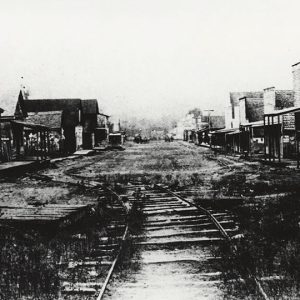 Sulphur Rock Street Scene
Sulphur Rock Street Scene 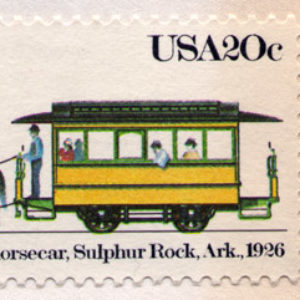 Sulphur Rock Streetcar Stamp
Sulphur Rock Streetcar Stamp 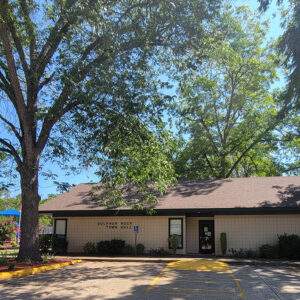 Sulphur Rock Town Hall
Sulphur Rock Town Hall 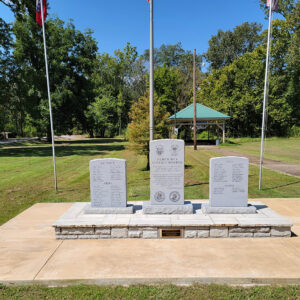 Veterans Memorial
Veterans Memorial 




The last class to graduate from Sulphur Rock High School was the Class of 2005. That fall, the school became a part of the Batesville Schools District (Independence County). The Sulphur Rock Magnet School (elementary) is maintained at Sulphur Rock.